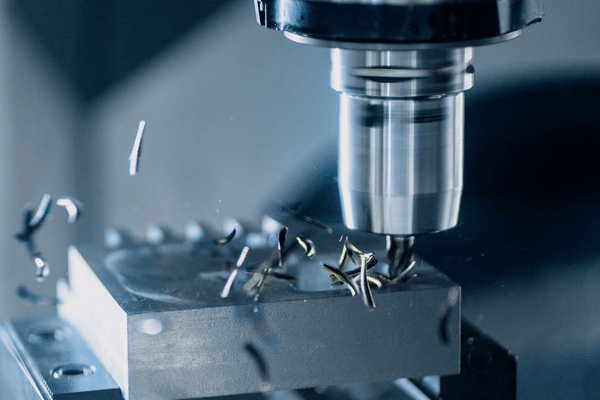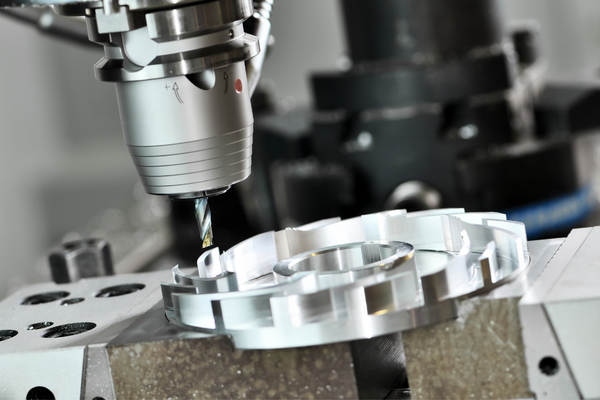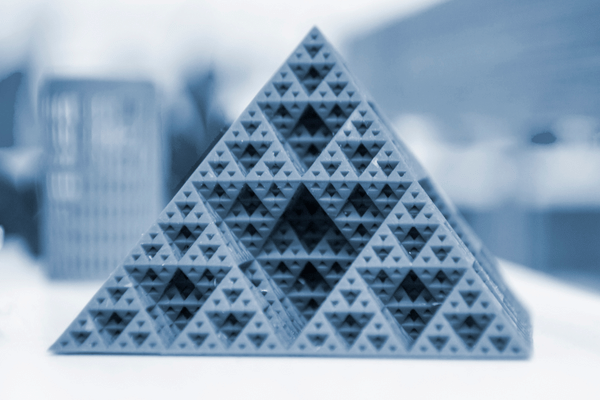There are several factors in choosing a probe for a CNC machine: accuracy and durability, repeatability, and static and dynamic response. There is no one perfect probe.
If you want high-quality, fast, and secure CNC machining then you should be able to choose the best tool for yourself. If you are looking for the probe for your CNC machine then you should start by choosing the appropriate material. It is important to buy material with high impact resistance as it can last longer while conducting a task.

Classification Of Probe
For a CNC machining professional, the probe is a very important tool. The probe is used to determine the position of the workpiece, and it can be divided into two types: mechanical probe and optical probe.
Mechanical Probe
The mechanical probe is also known as manual probing. It is manually controlled by hand, and the mechanical probe has high sensitivity and accuracy. However, this type of probe can only measure the position of one point at a time. The mechanical probe can be divided into two types: a contact type and a non-contact type.
The contact type uses an electrical connection to detect the electrical resistance between two points on the workpiece surface. The non-contact type uses ultrasonic waves generated by piezoelectric crystals to detect changes in distance between two points on the surface of the workpiece or between a point on its surface and an external reference point (usually zero). The resulting signal is then processed by a microcomputer for display or storage purposes. For example: When using a mechanical probe for inspection, it must be installed on each axis head before testing; when using an optical probe for inspection, it can be installed directly onto each axis head or integrated into each axis head (integrated).
Optical Probe
Optical probes are used to measure the position of features on a surface. They are commonly used in CNC machining, where they can be placed on the tool to measure the distance between it and the workpiece.
The optical probe consists of two main parts: an emitter and a receiver. The emitter shines light onto the surface, which is reflected back by the surface features and picked up by the receiver. The difference between how long it takes for this reflection to occur and how long it takes for the light to travel from emitter to receiver is used to calculate how far away each feature is from the probe tip (in millimeters). There are many other ways in which optical probes can be used, such as measuring the depth on a drill press or measuring tool offsets on lathes and mills.

Suggestions On How To Select Trigger And Scanning Probe
The following are suggestions on how to select a trigger and scanning probe for your application:
1. Select a trigger that is compatible with your system, e.g., an analog trigger with an analog scan head or a digital trigger with a digital scan head.
2. If you will be using multiple probes, select one that can be used as both a trigger and a probe.
3. If you are using multiple probes, select one that has enough channels to drive all of them at once (e.g., eight channels). This will reduce the number of cables needed to connect multiple probes with the controller board and make it easier to manage the wiring when connecting several probes at once.
4. The probe tip should be made from tungsten carbide (WC) or diamond so that it does not wear out when scanning hard materials such as steel or aluminum alloys or ceramics like silicon nitride or aluminum nitride (AlN).
What are the Main Functions of a Probe?
The probe is a very important tool in CNC machining. It can be used to measure the depth of cut, but also to determine the position of the cutting tool.
Probes have a very specific function in CNC machining. The probe sends an electrical current through the material being cut by the CNC machine, which generates heat that melts the material. This process is called thermal cutting or laser cutting. In thermal laser cutting, the probe also monitors how fast the material is melting so that it can adjust its power output accordingly to maintain consistent quality throughout each cut.
The probe has two main functions:
– Measuring depth of cuts
– Maintaining proper tool engagement during machining operations
In order for the probe to perform these tasks accurately and consistently, it must have four main characteristics: accuracy, repeatability, stability, and resolution.

What is the need for a probe system?
The need for a probe system is to reduce human error. The human eye is not very accurate when it comes to measuring, and a probe system can do this job better than any human being.
CNC machining has been around for many years now, and it is used to produce parts that are made of metal. CNC stands for computer numerical control, and it uses computers to control the machine tools that are used in manufacturing. The main purpose of using CNC machining is to make sure that there is no human error involved in manufacturing parts for different industries.
The main reason why people use CNC machining is that it allows them to create parts that are very precise and accurate. In fact, you can even say that CNC machining has changed the way we think about machines today as well as how we view them as well.
What is the best probe for CNC Machine?
We have the right probe for your CNC machine.
If you are working on a milling machine, then the best probe to use is a magnetic pickup. These probes are great because they don’t need to be calibrated and have a high sensitivity. Magnetic probes can also handle more than one type of material without changing the settings.
If you are working with a lathe, then a solid state probe is the way to go. Solid state probes are much more accurate than magnetic probes, but they require calibration before each use. You will want to make sure that you calibrate your solid state probe after every change in tool or material so that you can get an accurate reading every time.
When choosing which probe is right for your CNC machine, it’s important to think about how often you will be making changes in tooling or materials. If you are constantly switching between different tools, then a magnetic pickup might be the best option for your shop. If you typically use one type of tooling and one type of material, then a solid state probe may suit your needs better.
How to Choose a Machine Tool Probe?
The first step in choosing a machine tool probe is to determine what type of probe is needed for the job. There are many types of probes, and each has its own advantages and disadvantages.
The most common type of probe is a center-finding probe. This probe has an elongated rod with a pointed tip at one end and a handle or knob at the other. It is used to find the center point of various features on a workpiece, such as holes, slots, slots with chamfers, grooves, and others. The most common use for this type of probe is finding the center point of a hole in order to drill it accurately.
The second type of probe is called an edge finder or edge locator. These probes have an elongated rod with two sharp points on either side, like scissors. They are used to locate edges on pieces that have been cut out of larger materials, such as cutting boards made from wood or plastic laminates. Edge finders can also be used to locate holes that have been drilled into pieces that have been glued together using epoxy putty or other adhesives because they will not pierce through these materials when they are pushed against them forcefully enough to locate their position accurately enough for drilling purposes
Probing a part is often the first step in a CNC machining process. It’s also the last time that you have the opportunity to correct a potential error before the actual machining occurs. Do not risk downtime on your CNC machine due to loose tolerances in the production of your part. Probing ensures tight tolerances and keeps your machine running smoothly! Let us know what you think about this article, and remember to check out our other articles for more tips on best practices in tooling, designing, and all things CNC!







